The contractor
HVC is the largest non-commercial waste collector in the Netherlands. The construction of the new modern waste energy plant with energy recovery in Alkmaar was the start of the utility company. That’s over 25 years ago. During that time, the waste processor has evolved from a pure waste processor to a sustainable waste management company, where reuse of raw materials and the generation of renewable energy is core business. HVC works on behalf of 46 municipalities and 6 water boards (also shareholders) in North Holland, South Holland, Flevoland and Friesland. An increasingly important part of HVC is the development and construction of renewable energy plants, such as wind farms, solar parks and heating systems. A heat sink utilizes the heat that is released when burning residual waste – heat that would otherwise be lost – to heat homes and buildings. Every day, the heat nets – literally – are rolled out. Soon, HVC’s heat set will provide more than 20,000 households and companies in the Alkmaar and Dordrecht regions of heat and energy.
The advantages
The heat remaining after burning the residual waste heats the water into the heat sink. This hot water is pumped through an underground pipeline to residential areas and industrial sites. Through transfer stations, heat is transferred to a district network. From there the net branches to the homes and businesses. The warm water comes through the home or the company via a heating unit. It is spread throughout the house, as with a central heating boiler. Companies and homes connected to the heating system therefore do not have a central heating boiler, but a heating unit. The cooled water returns to the pipeline and is reheated. The benefits of a heat sink are evident: purchase and maintenance of boilers and gas bills belong to the past. And more importantly, because the heat sink does not use gas, 75 percent reduces CO2 in the environment.
The assignment
Alex Brondsema, manager of heat delivery at HVC, says. “A few years ago, we acquired a number of Nuon and Essent power plants. As a result, we worked with different operating systems. In reality, this meant that we had to switch from one system to another, with other login codes and other controls, and so on. Overall, not efficient for us and our service partners. Because we are expanding the heating system, it was necessary to run everything on one and the same system. One of the automation systems we worked with was that of Siemens and we were well prepared to talk about it. Thus we knocked for this telemetry assignment at CoNet’s door. Not only because CoNet is a specialist in Siemens products, but also because we already knew CoNet. CoNet has also done the upgrade of the Process Automation of our bioenergy plant (BEC) and is currently conducting projects at our location in Middenmeer. We are all very pleased with that. So we knew beforehand that it would be a nice collaboration. CoNet’s people are professional and working and thinking on the same wavelength. It just sounds good. ”
The situation
The control rooms at HVC in Alkmaar and Dordrecht and the control stations in strategic areas in the heating network were equipped with Siemens software and hardware. CoNet wrote the customized automation program. On the screen it looks like a kind of metro card. If there is a malfunction somewhere, for example, a lower water pressure than normal, it is visible on the screen. Immediate action can be taken from the control room. Either by solving the malfunction digitally or by routing a malfunctioning device to the exact location where the problem can be diagnosed and resolved locally. Arne Kooijman, Maintenance Engineer at CoNet, explains: “All forty control stations are now equipped with the same system. Via GPRS, so wireless, the stations communicate with each other, with the control room and with the tablets of the people involved. Systems, codes, visuals, methods: everything works the same and looks the same. Really a relief for those who work with it. Additionally, HVC can now easily create new control stations in the network: a matter of copy and paste and finish. No unnecessary luxury given the expansion plans. All in all, the implementation significantly reduces costs and time. It is expected that the investment will be returned within a few years. ”
The result
Alex Brondsema: “We are looking back on a good collaboration with CoNet’s people. They were very open, personal and professional. The introduction of the new system has brought what we had in mind and even more. We now see real-time, on-screen, what is happening in the heating system. We are particularly keen on the link with our PGIM analysis software. This allows us to place all kinds of metrics in charts and metrics. For example, we can accurately map where and where more or less energy is consumed. Such information is very valuable. It enables us to continuously improve our yield and service.”
